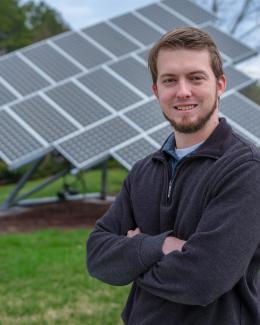Abstract
Oak Ridge National Laboratory researchers compare two different approaches to test how advanced, energy-efficient building technologies such as smart thermostats, heat pump water heaters, and advanced heat pump HVAC (heating, ventilation and air conditioning) can be optimized within a home and connected at a neighborhood-scale load to a community microgrid in the Alabama Power Smart Neighborhood located in Hoover. Working with Southern Company and Alabama Power, ORNL researchers are pioneering that future where smart homes and smart neighborhoods can benefit both homeowners and utilities, by reducing energy consumption by 44% and peak demand by 34%.
This project is one of two neighborhoods in the U.S Department of Energy’s (DOE’s) Connected Neighborhood project, supported by Building Technologies Office , where ORNL researchers leverages DOE investment in micro-grids and responsive, flexible building loads research to improve grid reliability – a goal of DOE’s Grid-interactive Efficient Buildings (GEB) Initiative. Researchers control the neighborhood and microgrid to enable utilities achieve their desired load and cost profiles while ensuring the comfort of homeowners in the Smart Neighborhood. This transactive control approach maximizes the utilization of technical resources of the microgrid and controllable loads, while reducing costs for both the homeowners and Alabama Power. These tests partially seek to determine a more precise range of tolerance with respect to occupant comfort as researchers work to facilitate customer acceptance and perception of new building technologies that enable energy savings.







